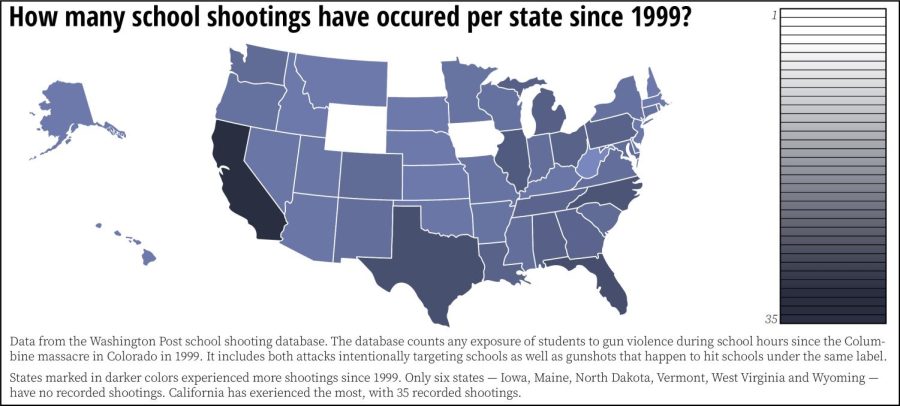By Gwen Schanker, editorial columnist
I’ve been working on Cape Cod for more than two months now, and I still don’t get tired of staring at the water. Almost every day, I take a walk to a stretch of beach located near the building I work in at the Woods Hole Oceanographic Institution (WHOI). The water looks a little different every day, but it’s consistently gorgeous and pristine. The pure blue and sound of the waves lapping always makes me feel calmer during a hectic day.
Of course, looks can be deceiving. The ocean’s got its share of problems, including the acidification that’s resulted from increased uptake of carbon dioxide, which is slowing productivity and reducing biodiversity. Human-caused climate change has impacted all areas of our planet, perhaps our oceans most of all. However, the ocean is pretty resilient, acting as a sink for carbon dioxide released into the atmosphere. Storing excess carbon underwater reduces climate change effects. The sheer size and depth of our oceans also means that there are still a number of coral reefs and aquatic communities that remain untouched by humans.
Scientists and conservationists work to minimize the activity surrounding these locations in an attempt to preserve the biodiversity and services they may provide. Developing marine protected areas is one step toward keeping our planet healthy, but the oceans are still vulnerable to climate change and overfishing. With so much change happening so fast, this is a sensitive moment – a tipping point for many aquatic organisms and for us. As WHOI biologist Simon Thorrold put it when I interviewed him last week, “The decisions we make in the next 10 years are going to influence what our oceans look like in the next 200 years.”
Thorrold and his fellow lab members tag sharks and devil rays in order to investigate their behavior and explore how to maintain sustainable populations. Unfortunately, scientists alone can only effect so much change.
“A lot of us can’t influence the global scale, [but] we do what we can to make a difference,” Thorrold said.
Tipping things in the right direction requires engagement from other fields, especially members of the generation that will be most affected.
What gets young people excited about the ocean? For me, all it takes is living near the water, and it seems I’m not alone. A 2015 study titled “American Millennials: Cultivating the Next Generation of Ocean Conservationists” showed that when it comes to protecting the ocean, young people have trouble caring for something they can’t see, and that millennials who live close to natural places – like in the Pacific Northwest – are more likely to feel connected to nature. The study identified three types of people who, with greater engagement, have the potential to make a change: “Global Greens,” who support global action but don’t yet have the ocean on their radar; “Coastal Concerned,” nature lovers who live near the water; and “Waiting in the Wings,” members of a younger cohort who are focused on education and awareness.
It’s key to cultivate passion for the ocean as early as possible. In February, the WHOI web group ran a #SpeakForTheOcean video contest that invited teenage students to articulate the voice of the ocean in a 30-second clip. The finalists included a fake movie trailer called “Dead Zone” and a stop-motion representation of life in the ocean with construction paper. The winner will receive a free tour of WHOI’s newest research vessel, Neil Armstrong. An experience like that, not to mention the critical thinking that goes into making the video, can make all the difference in cultivating an engaged generation that is not only knowledgeable about what’s at stake for our oceans, but is prepared to effect change – as researchers, as conservationists, as policy makers – and soon.















